Jim Chalmers will hand down an ‘inflation fighting’ budget on Tuesday, here’s what we know so far
Tuesday’s federal budget will focus on easing pain and bolstering near term growth without making inflation worse. Here’s what we know so far.
Fed Budget
Don't miss out on the headlines from Fed Budget. Followed categories will be added to My News.
Treasurer Jim Chalmers will hand down his second full-year budget on Tuesday, vowing to shore up the economy’s near-term growth and deliver cost of living relief without adding to inflation.
“This is not the time for scorched earth austerity … this is not the time to slash and burn in the budget, when people are doing it tough and when growth in our economy is weaker than we would like it to be,” he said last week.
So what will Tuesday’s budget look like for you? Here’s what we know so far:
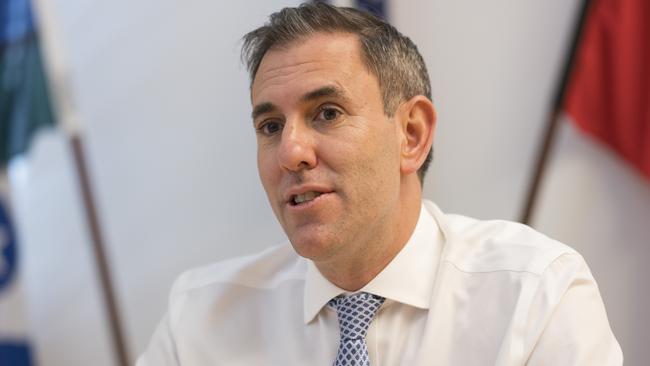
THE BIG PICTURE
Labor has declared fighting inflation the “primary focus” of the budget, and is widely anticipated of delivering back-to-back budget surpluses fuelled by soaring company and income tax receipts.
Forecasted gross debt is now projected to be $152bn lower in 2023-24, with the budget set to show gross debt climbing to $904bn in the financial year, lower than projections prior to the May 2022 election which showed this figure eclipsing $1 trillion.
The Treasurer has said the lower debt levels will mean that taxpayers will save approximately $80bn in interest costs over the decade.
But despite achieving a second consecutive surplus, forecast deficits are expected to deepen over the next four years as the government is forced to lift spending while revenue upgrades are reduced.
HELP WITH COST OF LIVING PRESSURES
The centrepiece of cost-of-living relief in the May budget will be the overhauled stage 3 tax cuts, announced by Prime Minister Anthony Albanese in January.
The measures, slated to take effect on July 1, will bolster the take-home pay of every taxpayer – rather than middle and high income earners who benefited under Morrison-era iteration of the tax package.
Alongside the stage 3 tax cuts, Dr Chalmers has indicated there will be “substantial” help for households, however “it won’t be identical to what we’ve seen in the past.”
The door has also been left open for additional power bill relief and a boost to rental assistance, but Dr Chalmers has downplayed expectations the government would listen to its own Economic Inclusion Advisory Committee and give JobSeeker recipients a “substantial” increase.
The Treasurer has also indicated there will be some help with power bills, while pensioners and others on fixed incomes would not miss out.
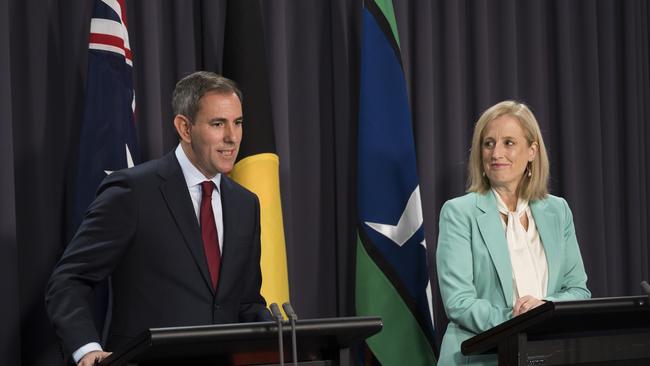
NEW INFLATION PREDICTION
Fresh inflation forecasts, to be released in the May budget, show that inflation could return to the Reserve Bank’s 2 to 3 per cent target band by this December, as further cost of living support and sluggish economic growth help ease prices
But the projections will put Dr Chalmers’ Treasury department at odds with RBA officials who expect inflation will remain stubbornly persistent and will not return to target until a full year later.
According to the budget papers, annual headline inflation, recorded at 3.6 per cent in the year to March, is expected to ease to 3½ per cent by June – slightly below the estimates in December’s mid-year budget update of 3¾ per cent.
From there, inflation will ease to 2¾ per cent a year later – in line with December forecasts and within the RBA’s 2 to 3 per cent target band.
The RBA, on the other hand, expects inflation will re-accelerate to 3.8 per cent and hold at this level through to December.
By mid-2025, inflation will have returned to 3.2 per cent, the RBA predicts, before falling to 2.8 per cent by the end of the year.
The RBA’s forecasts do not account for measures yet to be announced in the federal budget. According to Treasury, power bill subsidies, rent relief and childcare support lopped half a percentage point off measured inflation in last year’s federal budget.
An extension of existing electrical and rental measures are widely expected to be unveiled on Tuesday evening.

HOUSING
Housing will also be a “big focus” of the budget, Dr Chalmers has said, with the government on Friday unveiling an $11.3bn package aimed at boosting the supply of social and affordable homes.
The lion’s share of the package will be a $9.3bn worth of funding to establish the new five-year National Agreement on Social Housing and Homelessness, with support to be administered by state and territory governments.
An additional $1bn will be directed towards crisis and transitional accommodation for families and children feeling violent circumstances as voters demand the Labor government plays a greater role in eliminating family and domestic violence.
States and territories are also set to benefit from a further $1bn for road, energy and other infrastructure needed to support new home construction.
The government has previously announced it will spend an additional $90m to boost the number of skilled workers in the construction and housing sector in a bid to help close the national skills gap and bolster supply.
TAX
Aside from the stage three tax cuts, Dr Chalmers has also hinted at tax reform to the encourage businesses to grow.
While the Treasurer has ruled out changes to negative gearing and capital gains tax, he has suggested there could be reforms to help incentivise investment.
“We have indicated that we are prepared to use the tax system in the service of our big national objectives, as the budget will balance the cost of living … with our responsibilities to the future,” Dr Chalmers said.
Whether the budget will include a broad range of measures for business, such as the instant asset write-off which has been included in previous budgets, or more focused tax credits and deductions that align with its ‘future made in Australia’ scheme, remains to be seen.
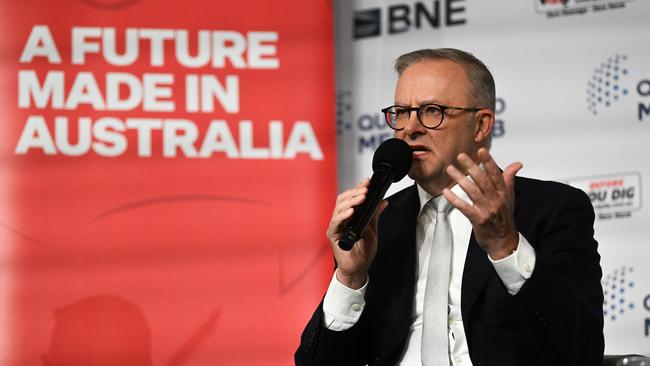
FUTURE MADE IN AUSTRALIA
One of the budget’s biggest priorities is “a future made in Australia”, centring around a commitment to strengthen the economy as it transitions to a clean-energy future.
Among the announcements so far is a dedicated $1bn in subsidies, grants and to boost domestic production of solar panels in Australia
The federal government has also contributed $470m, matched by the Queensland government, to Silicon Valley start-up PsiQuantum to support their bid to build the world’s first usable quantum supercomputer.
Labor has also announced significant critical minerals investments, with deposits needed to develop renewable energy technologies to be mapped as part of a $566m plan for Geoscience Australia.
The government has also announced a $840m package of loans and grants for Arugara Rare Earths, $400m in loans to Alpha HPA, $185m in loans to Renascor Resources, and $230m in loans to Liontown Resources.

EDUCATION
Education Minister Jason Clare has announced changes to student debt repayments, set to benefit approximately three million graduates.
Loans will be reduced by an average of $1200 and future indexation will be tied to the lowest of either annual headline inflation or wages growth. The change will be backdated to balance out the 7.1 per cent hike Australians were slugged with last year, with credit being offered to those affected.
Additionally, the government has announced a $320 weekly placement payment to help being studying to be a teacher, nurse, midwife or social worker undertaking mandatory practical units. It will cost the budget about $23m a year.
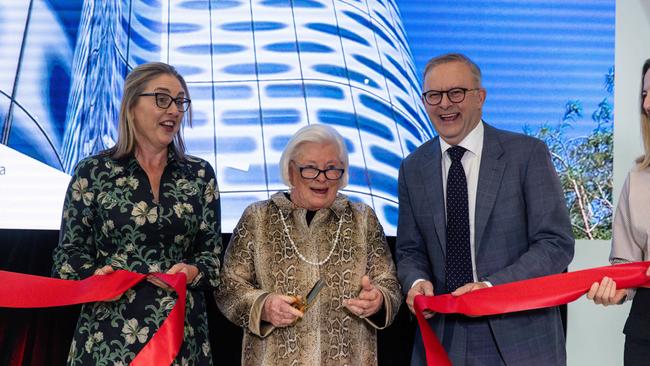
HEALTH
Health Minister Mark Butler said the budget would have $8.5bn in new health investment, and would provide additional funding for clinics in regional, rural and remote Australia.
Labor will funnel $227m into opening 29 more urgent care clinics across the country, as part of a broader multi-billion dollar health package in Tuesday’s budget.
Designed to ease pressure on emergency departments, anyone with a Medicare card is able to walk in to see a doctor or nurse for urgent, non life-threatening ailments such as minor injuries and respiratory infections.
Public hospitals are also expected to get more funding as the government works to finalise a new five-year agreement with the states to begin next year.
Labor has increased funding for its medical research future fund, with $1.1bn earmarked for existing projects and $150m for research into rarely survived cancers.
The government has also announced $12m to purchase and install cutting edge scanning technology capable of detecting cancers earlier at a new cancer centre at Melbourne’s Alfred Hospital.
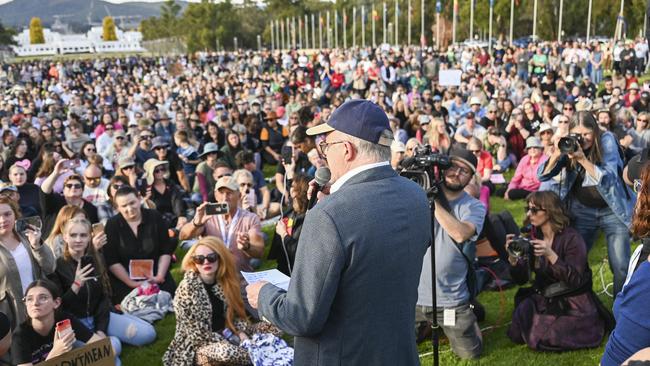
SUPPORT FOR WOMEN AND FAMILIES
The Albanese government will begin paying superannuation on taxpayer-funded paid parental leave from July 1, 2025. A rate of 11.5 per cent for 24 weeks will apply in the first year of the scheme, before climbing to 12 per cent over 26 weeks in the second.
The investment will amount to $1.1 bn over the four-year forward estimates period, with annual costs then amounting to $623.1m from July 2028.
Elsewhere, the “escaping violence payment” announced by the government after a crisis national cabinet meeting earlier this month will be covered by a $925m package.
The Albanese government has also announced a $49.1m investment into tackling endometriosis.
From July 1, 2025, women suffering from the debilitating disease will have longer specialist consultations of 45 minutes or more covered under Medicare.
Previously, an initial gynaecologist appointment received an $81.30 rebate which covered only 10 minutes of a gynaecologist’s time. The result of the small rebate saw patients being crammed into short sessions which barely scratched the surface of their issues.
As of July next year, Medicare will cover $168.60 for an initial appointment, and $84.35 for follow-up appointments, compared to the previous rate of $40.85.
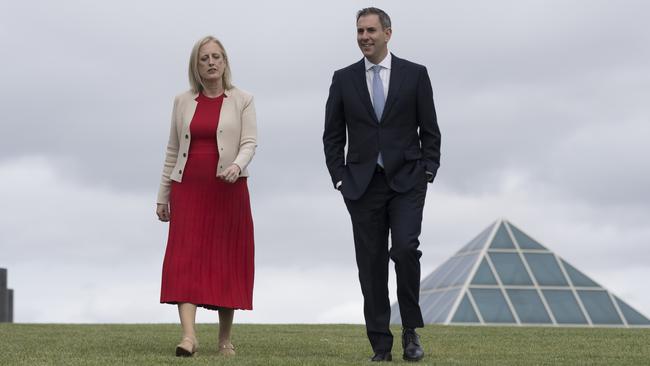
INFRASTRUCTURE
The government has so far pledged:
- $1bn in funding for western Sydney roads
- a $50m funding injection for Canberra’s light rail project.
- an extra $3.25bn into Victoria’s North-East Link
- to establish a fund for active transport, as part of a $100m plan to build and upgrade bicycle and walking paths with spending to start from July next year.
DEFENCE
Defence Minister Richard Marles has announced a $330bn build-up to counter Chinese coercion, setting the scene for projects to be axed to make way for increased funding for missiles, drones, ships and submarines.
Defence Minister Richard Marles has announced a $330bn build-up to counter Chinese coercion, setting the scene for projects to be axed to make way for increased funding for missiles, drones, ships and submarines.
FOREIGN POLICY
Australia will spend more than $110m to boost the Falepili Union with Tuvalu, including $50m for the country’s first undersea telecommunications cable.
AGRICULTURE
Labor’s Future Drought Fund will get a $519.1m boost to fund programs to help farmers and regional communities prepare for droughts and improve climate resilience.
PUBLIC SERVICE
Labor has pledged to find $1bn in savings through further cuts to outsourcing to consulting and contracting firms.
GUN REFORM
A national firearms register will be established, 35 years after it was first proposed in a move that will cost $161.3m over four years.
Originally published as Jim Chalmers will hand down an ‘inflation fighting’ budget on Tuesday, here’s what we know so far
Read related topics:Federal Budget 2023




